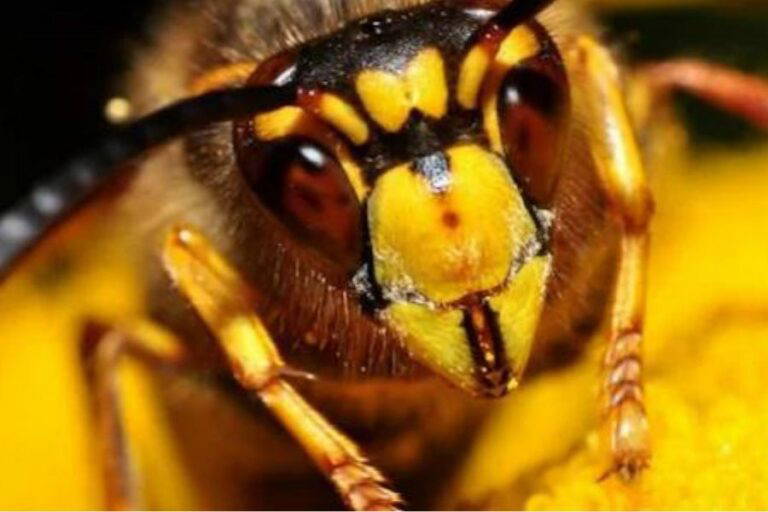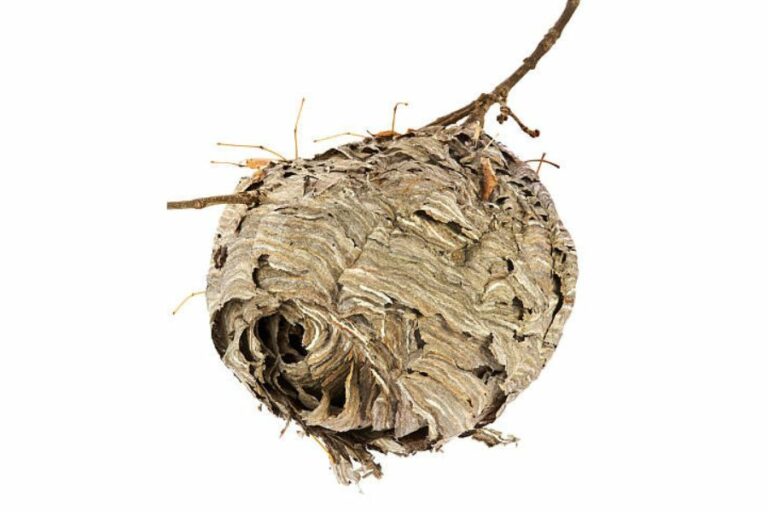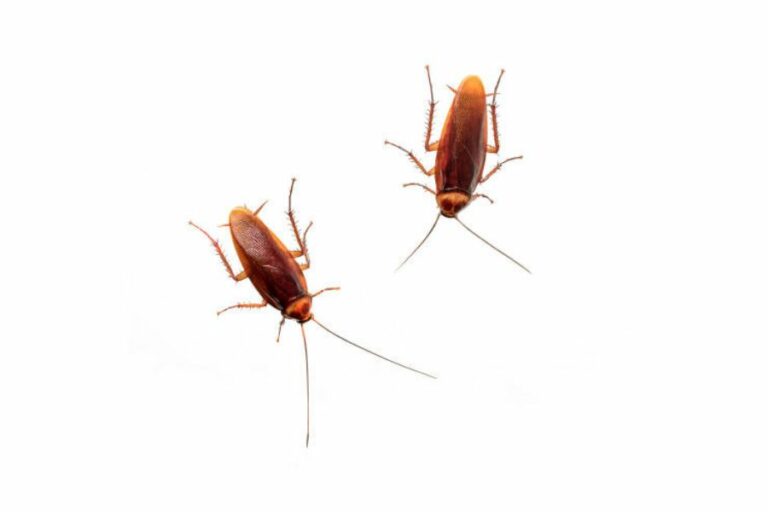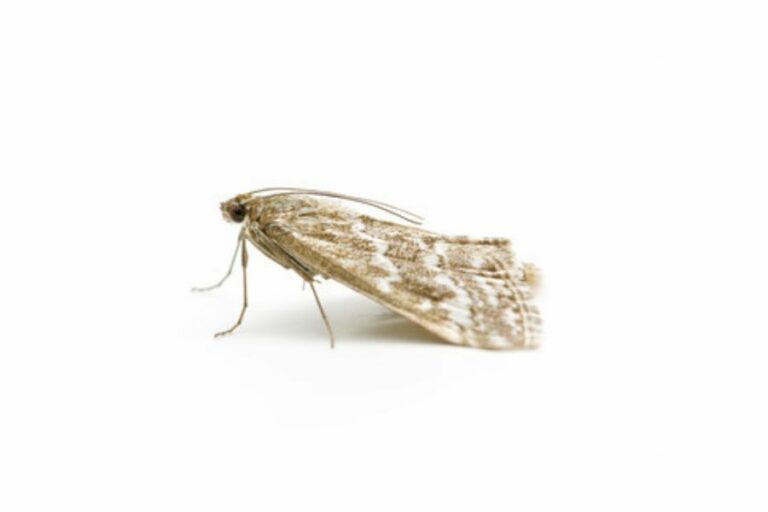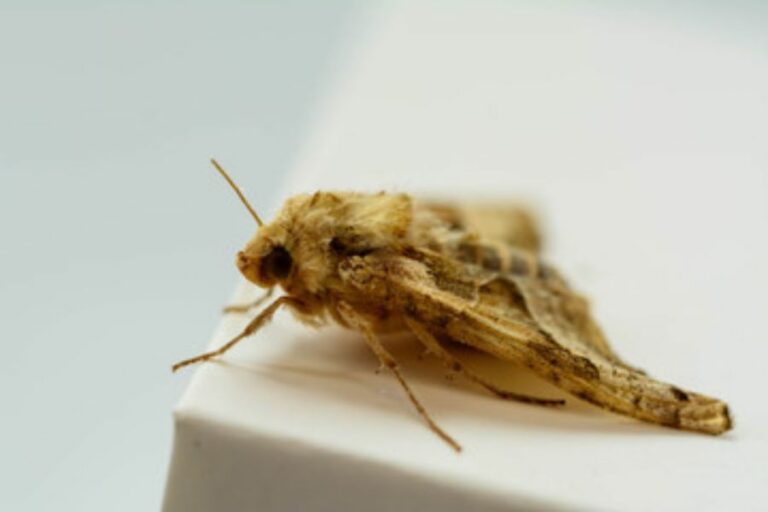Bee Nests: 12 Exciting Answers
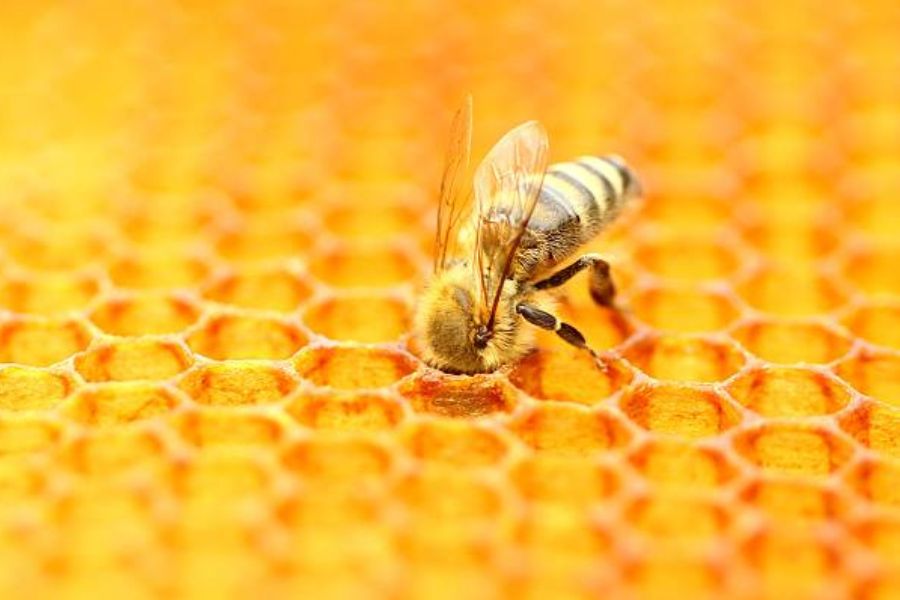
Exploring the Intricate World of Bee Nests: Construction, Habitats, and Predators
Welcome to our fascinating journey into the intricate world of bee nests! In this blog post, we will delve into how bees construct their nests, the materials they utilise, and where they typically choose to build their homes. We’ll also explore what a typical bee nest looks like, its population, and the duration it takes for these industrious insects to create their intricate abodes.
Additionally, we’ll address concerns about the potential dangers associated with bee nests and the common predators that pose a threat. Lastly, we’ll uncover the lifespan of a bee nest and discover the scents that can effectively deter these buzzing creatures. Join us as we unravel the mysteries surrounding bee nests and gain a newfound appreciation for the marvels of nature’s architects.
How do bees build their nests?
Bees are meticulous builders, and the construction of their nests varies depending on the species. Solitary bees, such as mason and leafcutter, typically create individual nests. They construct their nests by excavating tunnels in various substrates like soil, wood, or plant stems. These tunnels serve as respective chambers where the female bee lays her eggs. Social bees, like honeybees and bumblebees, work together to build complex nests. Honeybees, for example, create intricate hexagonal wax cells, known as honeycombs, where they rear their young and store honey.
What materials do bees use to construct their nests?
Bees employ different materials based on their nesting habits. Solitary bees often utilise mud, leaf fragments, resin, or plant fibres to build their nests. Mason bees, for instance, use soil to construct partitions between individual egg chambers within their tunnels. Leafcutter bees cut circular pieces of leaves to line their nests. Social bees, conversely, produce wax using glands on their abdomen. Honeybees use this wax to create the hexagonal cells of their honeycombs, while bumblebees use it to build wax pots and insulate their nests.
Where do bees typically build their nests?
The nesting preferences of bees vary among species. Solitary bees can nest in diverse locations, such as underground burrows, crevices in walls, hollow plant stems, or abandoned insect burrows. Some species are ground-nesters, while others prefer nesting in pre-existing cavities. Social bees, like honeybees, usually build their nests in enclosed spaces, such as tree hollows, rock cavities, or manufactured structures like beehives. Bumblebees often construct their nests in underground burrows or other protected locations, such as abandoned rodent nests.
It’s important to note that not all bees build traditional nests. Some species, like carpenter bees, create tunnels by burrowing into wood, while others, like orchid bees, use tree resin to construct unique nest structures. Remember to respect and preserve natural bee habitats and provide suitable nesting sites to support these vital pollinators.
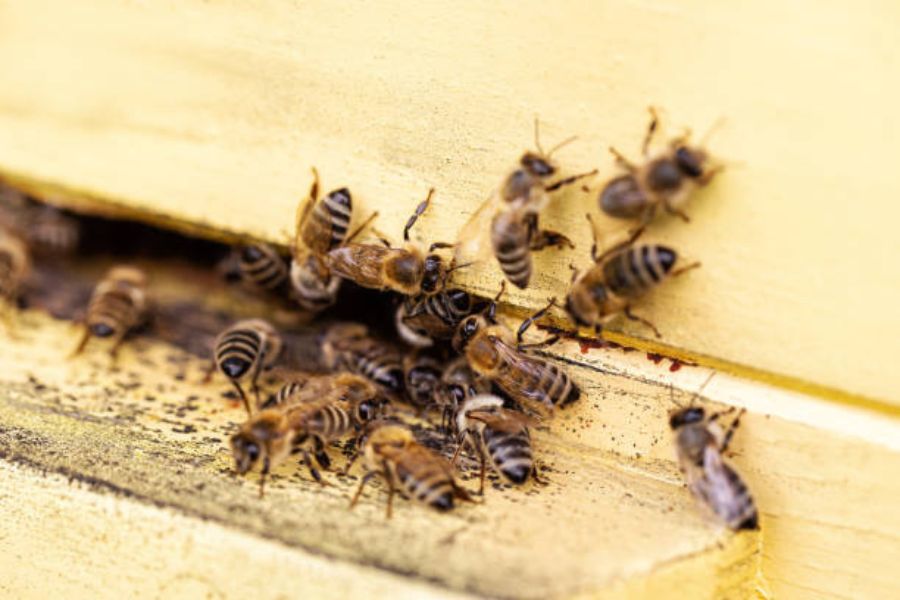
What does a typical bee nest look like?
The appearance of a bee nest varies depending on the species and social structure of the bees. Solitary bee nests often consist of tunnels or chambers within natural or artificial substrates. These tunnels may be lined with materials like mud or leaf fragments. In contrast, social bee nests, such as those of honeybees and bumblebees, are more complex. Honeybee nests, known as beehives, comprise multiple hexagonal wax cells arranged in a comb-like structure. Bumblebee nests typically form a central cavity surrounded by wax pots and covered with insulating materials like moss or grass.
How many bees live in a nest?
The number of bees residing in a nest depends on the species and the stage of development of the colony. Solitary bees, as the name suggests, typically have a single female bee that constructs and provisions each chamber for her offspring. Social bees, on the other hand, live in larger colonies. For instance, a honeybee colony can consist of thousands to tens of thousands of bees, including a single queen, male drones, and female worker bees. Bumblebee colonies are smaller in comparison, usually ranging from a few dozen to a few hundred workers, along with a queen.
How long does it take for bees to build a nest?
The time required for bees to build a nest varies depending on the species and the size and complexity of the nest. Solitary bees generally complete their nest construction within a few days to a few weeks. The duration depends on factors such as the availability of nesting materials and the energy resources of the female bee. Social bees, particularly honeybees, take longer to construct their nests. Honeybees may require several weeks to several months to establish their intricate honeycomb structure. This time includes wax production, cell construction, and provisioning of the cells with pollen and nectar.
Are bee nests dangerous?
Bee nests, in general, are not inherently dangerous if left undisturbed and if one maintains a safe distance from them. Bees are typically not aggressive and do not pose a threat unless they feel threatened or perceive their nest to be in danger. However, it’s essential to exercise caution and respect when encountering bee nests, as stinging incidents can occur if certain precautions are not taken.
Some key points to consider regarding bee nest safety
- Respect bee nesting areas: If you come across a bee nest, whether a hive or a solitary bee burrow, it’s advisable to keep a reasonable distance and avoid disturbing the nest or provoking the bees. Only attempt to remove or destroy the nest with professional assistance.
- Understand bee behaviour: Be aware that bees are more defensive during certain times, such as when their colony is young or when resources are scarce. Additionally, some species of bees, like Africanized honeybees (also known as “killer bees”), may exhibit more aggressive behaviour if their nest is threatened.
- Take precautions: If you need to be close to a bee nest for any reason, it’s advisable to wear protective clothing, such as long sleeves, long pants, closed-toe shoes, and a veil or beekeeping suit if available. This can help minimise the risk of accidental stings.
- Seek professional help: If you encounter a bee nest on your property or in an area where it poses a risk to human safety, it’s recommended to contact local beekeepers, pest control professionals, or bee removal experts who can safely relocate or manage the nest.
Bees play a crucial role in pollination and the overall health of ecosystems, so it’s essential to balance their conservation with human safety concerns.

What are some common bee nest predators?
Bees face various predators that target their nests and the occupants within. Some common bee nest predators include:
- Other insects: Certain beetles, wasps, and ants are known to raid bee nests, seeking to prey on the developing larvae or steal the stored provisions.
- Birds: Some bird species, such as woodpeckers, starlings, and bee-eaters, may attempt to access bee nests to consume the bees, larvae, or honey stores.
- Mammals: Small mammals like mice, shrews, and raccoons may seek out bee nests, especially for healthy broods or honey.
- Humans: In some instances, human activities can inadvertently disturb or destroy bee nests, such as during construction or removal of structures.
How long does a bee nest last?
The lifespan of a bee nest can vary depending on the species and environmental factors. Solitary bee nests typically have shorter lifespans, lasting only for a single generation. Once the adult bees emerge from their nests, the nests are often abandoned and not reused.
In contrast, social bee nests, such as honeybee hives or bumblebee colonies, can last longer. Honeybee hives have the potential to persist for several years, especially if they are well-maintained by the colony. On the other hand, Bumblebee nests generally last for a single season. The nest is typically abandoned once the colony completes its lifecycle, and new colonies are formed in subsequent seasons.
What scent keeps bees away?
Bees are attracted to floral scents, so using certain fragrances or repellents can help deter them. While there is no particular scent that universally repels all bees, some scents have been found to have a repellent effect on bees:
- Citronella: The strong and citrus-like scent of citronella oil can help deter bees.
- Peppermint or Eucalyptus: Bees are not particularly fond of peppermint or eucalyptus oils’ strong, minty scent.
- Cinnamon: The pungent aroma of cinnamon can also act as a repellent for bees.
It’s important to note that these scents may not eliminate the presence of bees and should be used cautiously. It’s always recommended to prioritise the conservation of bees and their habitats while employing non-lethal methods to deter them when necessary.
As we conclude our exploration of the captivating world of bee nests, we have gained a deeper appreciation for the remarkable construction techniques, nesting materials, and habitats that bees rely upon. From the intricate tunnels of solitary bees to the complex honeycombs of social bees, these tiny architects demonstrate incredible skill and adaptability. While bee nests are not inherently dangerous, it is crucial to approach them with respect and caution, allowing these essential pollinators to thrive undisturbed.
By understanding their behaviour, respecting their habitats, and seeking professional help when necessary, we can coexist harmoniously with bees, ensuring their vital role in maintaining the health and diversity of our natural world. Let us cherish these buzzing wonders and continue to protect and support their habitats for generations.
